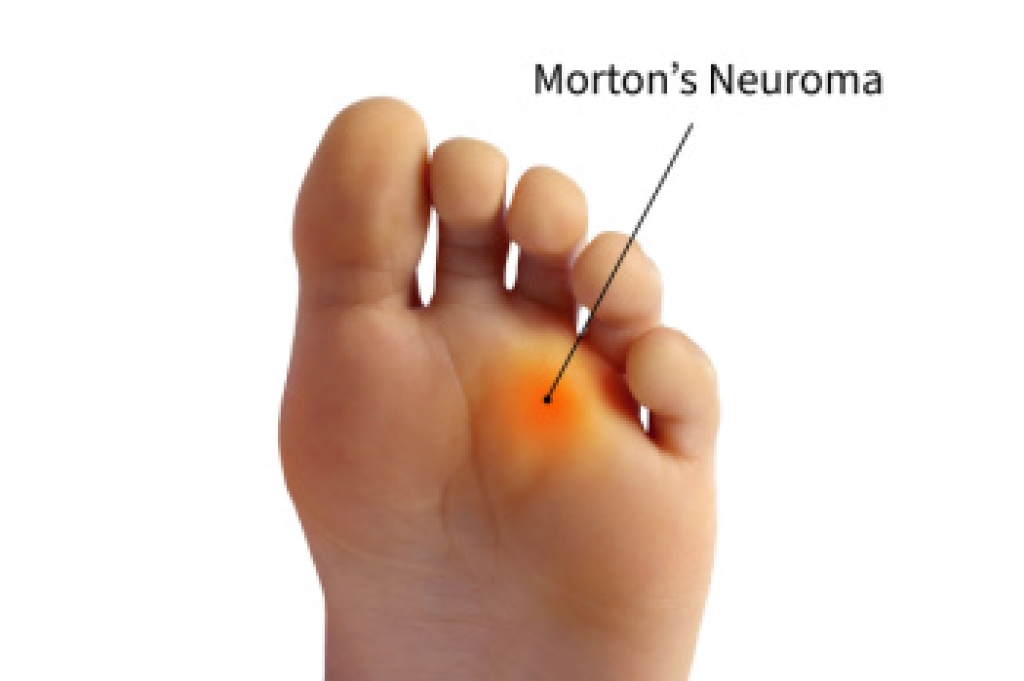
Bunions are characterized by a noticeable bump on the side of the big toe, resulting from an abnormality in the foot bones that causes the big toe to lean toward the second toe instead of remaining straight. While some bunions may initially be painless, over time they can lead to toe crowding and discomfort, potentially causing permanent deformity. Genetics play a significant role in the development of bunions, as they are often associated with faulty foot structure inherited from family members. Other contributing factors include flat feet, excessively flexible ligaments, and abnormal bone structure. Symptoms of a bunion may include red and inflamed skin, thickened skin on the underside of the big toe, calluses on the second toe, foot pain, and limited flexibility in the big toe. If you have a bunion with persistent foot pain, decreased flexibility, and difficulty finding comfortable shoes, it is suggested that you make an appointment with a podiatrist who can assess the severity of the bunion and provide treatment options.
If you are suffering from bunion pain, contact the foot specialists of Academy Foot and Ankle Specialists. Our doctors can provide the care you need to keep you pain-free and on your feet.
What Is a Bunion?
Bunions are painful bony bumps that usually develop on the inside of the foot at the joint of the big toe. As the deformity increases over time, it may become painful to walk and wear shoes. Women are more likely to exacerbate existing bunions since they often wear tight, narrow shoes that shift their toes together. Bunion pain can be relieved by wearing wider shoes with enough room for the toes.
Causes
- Genetics – some people inherit feet that are more prone to bunion development
- Inflammatory Conditions - rheumatoid arthritis and polio may cause bunion development
Symptoms
- Redness and inflammation
- Pain and tenderness
- Callus or corns on the bump
- Restricted motion in the big toe
In order to diagnose your bunion, your podiatrist may ask about your medical history, symptoms, and general health. Your doctor might also order an x-ray to take a closer look at your feet. Nonsurgical treatment options include orthotics, padding, icing, changes in footwear, and medication. If nonsurgical treatments don’t alleviate your bunion pain, surgery may be necessary.
If you have any questions, please feel free to contact our offices located in Southlake, Keller (Fort Worth), Hurst, North Richland Hills, Flower Mound, Argyle, and Denton, TX. . We offer the newest diagnostic and treatment technologies for all your foot care needs.




